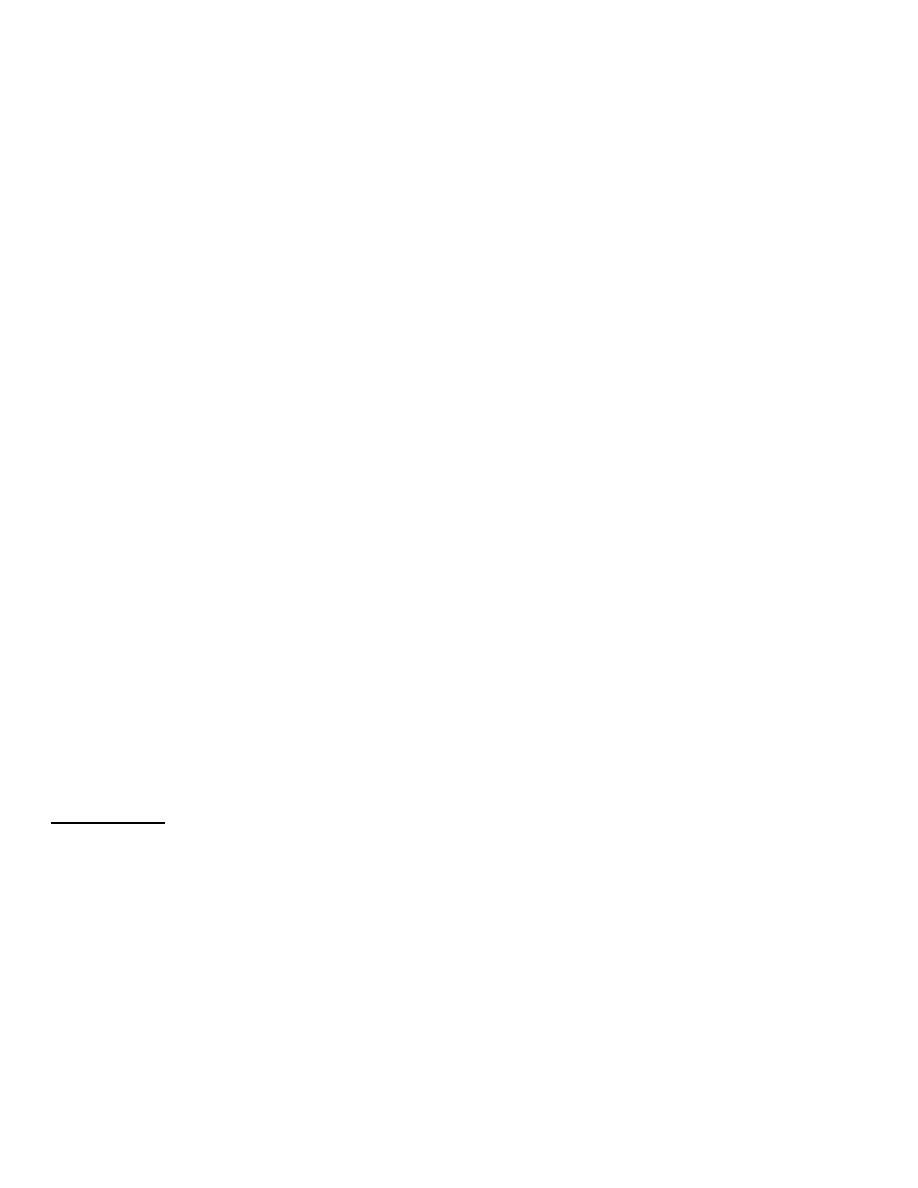
| Tweet |

Custom Search
|
|

|
||
 TB 740-97-4
The sealing will be carried over and around the flanges and adapters and other devices used to attach or introduce the ducts. All
joints and seams in the duct will be similarly sealed.
(q) Miscellaneous sealing . Window drain holes and openings resulting from removal of windshield wipers, horn,
searchlights, and other items will be sealed with strippable coating. All other exterior openings that lead to dehumidified zones and
not specified herein will be sealed with strippable coating and bituminous coating.
(r) Towing engine. The rear door to the towing engineroom will be blanked with galvanized sheet metal. The perimeter
of the blank will be sealed with strippable coating and bituminous coating.
(4) Dehumidification installation .
(a) Dehumidification machine . A rotary desiccant electric dehumidifier, solid desiccant wheel type 20-153, 150-000
cubic foot capacity, 440-volt, three-phase, 60-cycle, alternating current will be installed generally as shown in figure 69. (BUSHIPS
Dwg No. ATAS380340 A223ALT). The machine will be mounted on a weather deck for ease of servicing and will be fitted with a
cover to protect it from the weather.
(b) Duct installation . The vessel's fire main will be used as the supply source for dry air, as illustrated in figure 69. Six-
inch flexible duct will be used within the vessel to supply dry air to those areas remote from the fire main, (see fig. 69 for details).
(c) Machine connections. Connections of ducts to the dehumidification machine will be made of unions or slip joint
connections which permit easy removal of the machine for servicing.
(d) Ductwork supports. Flexible ductwork within the D/H zone, servicing the remote areas, may be supported by wire
or rope or any suitable means. Ductwork run on the deck will be supported on metal or wood stanchions. The duct will be secured to
the stanchion with galvanized steel strapping.
(e) Humidistat. The humidistat will be set to maintain a 40-percent relative humidity plus or minus 5 percent, within the
dehumidified zones. The humidistat(s) will be placed about 3 to 5 feet above the bottom deck plate near the air return path to the D/H
machine (see fig. 69 for location of humidistat(s)).
(f) Air tightness test. The air test outlined in chapter 6 of this bulletin will be performed to assure vessel is tight and
economical operation of D/H machine Air leaks can be detected by its noise or by means of smoke bomb, soap and water, or fine
powder such as flour. Test will be conducted prior to drydown period.
(5) Surveillance.
(a) Drydown period. During the initial drydown period, the dehumidifier should be adjusted to the manufacturer's
Specifications for maximum efficiency in that period. The maximum efficiency in that period. The distribution of dehumidified air in
the D/H system the required percentage of air in various D/H outlets is set by feeling the flow of the air by hand. A good sense of
judgment is needed in this requirement. However, psychrometer readings will be taken at sensing stations. Sensing stations should
include at least four stations: One furthest point forward; two furthest point aft; three--lowest point of vessel; four--top side cabin
space. Psychrometer readings will be taken at these sensing stations in the vital air return paths to show difference in relative
humidity. Inspections will be made to assure that no unnecessary obstacles are in the air return paths. The D/H outlets are adjusted
to increase or decrease air flow with the recorded relative humidity. If the readings in the D/H zone should differ less than 40 percent,
plus or minus 5 percent, or read lower than the prescribed RH, the air flow in that area will be decreased. Conversely, if the reading
is higher than the prescribed RH, the air flow in that area will be increased.
(b) Normal D/H period. After the initial drydown period had been attained (*approximately 3 or 4 weeks),the residual
moisture in the air and in the material aboard the vessel are in a balancing state. The moisture load is reduced as indicated by the
lapsed running time of the indicators on the humidifiers. Quarterly inspections will be made within the vessel from four predetermined
stations fore, aft, engineroom, and above deck cabins and quarters. Relative humidity readings will be recorded at each station. If
variance from the prescribed RH 40 percent, plus or minus 5 percent, is noted between stations, air flow adjustments will be made as
previously described to obtain proper air flow balance
(6) Wiring. D/H machine wiring will conform to the manufacturer's handbook or brochure. NAVSHIPS TECHNICAL
MANUAL 0938-0398010 titled "Operation Maintenance and Repair Instructions for Rotary Type Desiccant Dehumidifier", dated 27
March 1970, is available through the Navy Publications Center, Philadelphia, Pennsylvania.
*NOTE This is the minimum period of time. In some instances, the drydown period should last substantially longer based on the amount of moisture in
the air and the materials aboard the vessel.
U-3
|
||
 |
||